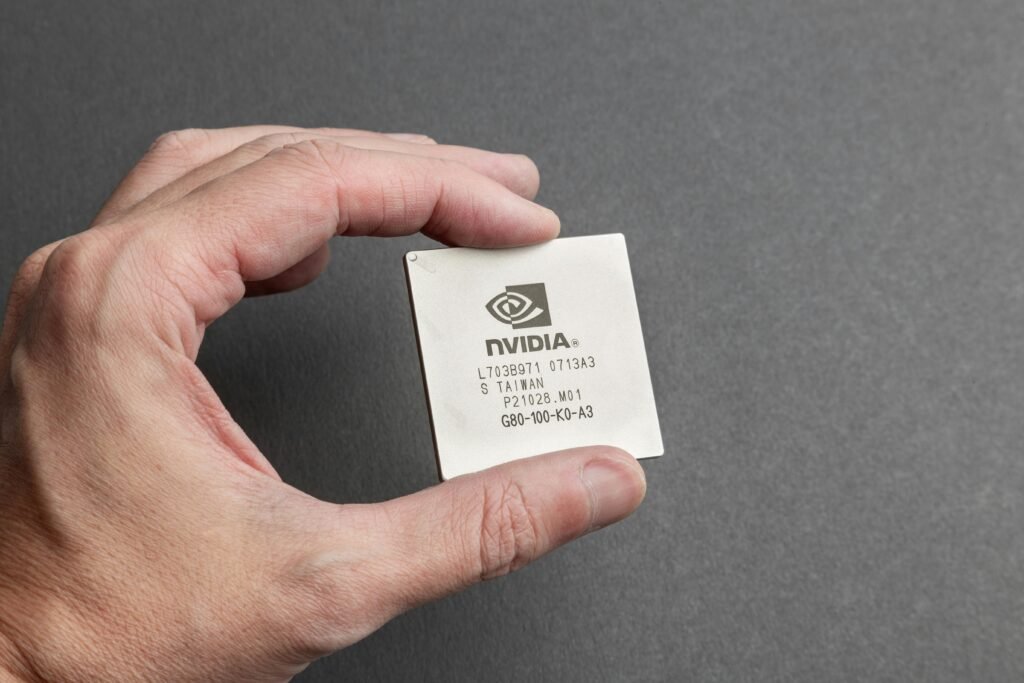“Ever stared at your gaming tablet mid-battle, only to squint and lose because you couldn’t see the sniper hiding in pixelated bushes? Yeah, me too.”
If you’re an avid mobile gamer, this scenario might hit a little too close to home. But here’s the good news: optimizing your gaming experience starts with understanding one crucial aspect—your tablet screen resolution. In this guide, we’ll break down why it matters, how to pick the perfect resolution for gaming tablets, and tips that will leave your opponents wondering what level you’re playing on.
You’ll learn:
- The role of screen resolution in immersive gameplay
- How to choose the ideal resolution based on your needs
- Best practices for maximizing your gaming tablet’s display quality
Table of Contents
- Why Tablet Screen Resolution Matters More Than You Think
- How to Choose the Right Gaming Tablet Screen Resolution
- Top Tips for Enhancing Your Gaming Display
- Real-World Examples of Tablets That Nail It
- Frequently Asked Questions About Tablet Screen Resolution
Key Takeaways
- A higher tablet screen resolution equals sharper visuals but may affect performance.
- Pick a resolution that balances clarity with your device’s hardware capabilities.
- Not all resolutions are created equal—know your PPI (pixels per inch)!
Why Tablet Screen Resolution Matters More Than You Think

Let’s rewind to my early days as a mobile gamer. Picture this: I’m playing Fortnite on my trusty old tablet, armed with confidence and zero awareness of its abysmal 1024×600 resolution. Spoiler alert—I lost every match due to blurry enemies blending into pixelated landscapes. It wasn’t until later when I upgraded to a Full HD tablet (1920×1080) that I realized just how much of a game-changer a crisp screen could be.
But wait… what exactly does “screen resolution” mean?
In simple terms, screen resolution refers to the number of pixels displayed horizontally and vertically on your tablet’s screen. For example, 1920×1080 means there are 1920 horizontal pixels by 1080 vertical pixels. Higher numbers = more details. This becomes critical in fast-paced games where spotting subtle visual cues can make or break your strategy.
Grumpy Optimist Dialogue:
“Optimist You: ‘Just bump up the resolution and crush those leaderboards!’
Grumpy You: ‘Yeah, sure, unless your tablet overheats from pushing too many pixels.’”
How to Choose the Right Gaming Tablet Screen Resolution

Selecting the right tablet screen resolution isn’t just about picking the highest number—it’s about finding the sweet spot that suits your gaming style. Here’s a step-by-step guide:
Step 1: Ask Yourself What Kind of Gamer You Are
Are you a casual Candy Crush swipper or a hardcore first-person shooter fanatic? Casual gamers often don’t need ultra-high resolutions like 2K or 4K since their gameplay doesn’t demand extreme attention to detail. On the flip side, competitive multiplayer gamers thrive on extra sharpness.
Step 2: Consider Your Budget
Higher resolution screens come with higher price tags. If budget is tight, prioritize decent specs over bleeding-edge tech—you’d be surprised how far a 1080p tablet can go.
Step 3: Check Compatibility with Games
Some modern games require specific resolutions to run smoothly. Before committing, check whether your favorite titles support the resolution range of the tablet you’re eyeing.
Top Tips for Enhancing Your Gaming Display
Tip #1: Adjust Brightness Wisely
Brightness affects visibility during gaming marathons. Too bright, and you risk straining your eyes; too dim, and you miss sneaky opponents lurking in shadows.
Tip #2: Invest in Anti-Glare Accessories
A matte screen protector not only reduces glare but also enhances contrast, making colors pop without washing out details.
Terrible Tip Alert #1: Don’t Just Go for the Highest Possible Resolution
If your tablet struggles to handle 4K gaming, expect lags, freezes, and overheating. Instead, opt for a happy medium between performance and resolution.
Real-World Examples of Tablets That Nail It

Here’s a quick look at some standout tablets known for killer screen resolutions:
Example 1: iPad Pro (M2 Chip)
With a stunning Liquid Retina XDR display boasting 2732×2048 resolution, the iPad Pro reigns supreme for console-level gaming experiences.
Example 2: Samsung Galaxy Tab S8 Ultra
A massive 14.6-inch Super AMOLED display with 2800×1752 resolution makes it a dream for open-world explorers.
Example 3: Microsoft Surface Pro 8
While primarily marketed for productivity, its 2880×1920 resolution delivers buttery-smooth visuals for less-demanding games.
Frequently Asked Questions About Tablet Screen Resolution
Is 1080p Enough for Gaming Tablets?
For most gamers, yes. However, if you want immersion akin to consoles, aim for QHD (Quad HD).
Does Higher Resolution Drain Battery Faster?
Yes, but advanced processors and adaptive refresh rates help mitigate battery drain in newer models.
What Happens If My Game Doesn’t Support My Tablet’s Resolution?
Modern devices automatically adjust scaling settings, though some minor blurriness might occur.
Conclusion
Choosing the right tablet screen resolution for your gaming adventures boils down to balancing performance, budget, and personal preference. Remember, while higher resolutions deliver jaw-dropping graphics, they aren’t always practical for every gamer—or every tablet.
So next time you’re shopping for a gaming tablet, keep these insights in mind. And hey, maybe think twice before buying another bargain-bin tablet with laughably low resolution. Because let’s face it—no one likes losing to fuzzy pixels.
“Like rebooting your router, sometimes fixing tiny issues leads to big wins.”
(Haiku Time:
Pixel dreams collide,
Fortnite foes fade in crisp sight—
Resolution win.
)


